- Category: Articles
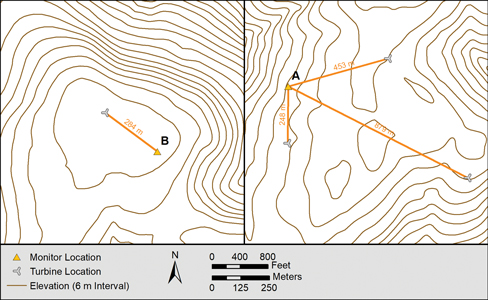 Implementing and Measuring the Effectiveness of Directional NROs for Wind Turbines
Implementing and Measuring the Effectiveness of Directional NROs for Wind TurbinesExploring the various methods to reduce wind turbine sound emissions, this article delves into directional noise-reduced operations (NROs). Drawing from real-world project measurements, it examines the adaptability and efficiency of NROs, especially in challenging siting situations.
By Isaac Old, Senior Consultant, RSG, and Timothy Carson, Acoustic Engineer, RWE, USA
- Category: Articles
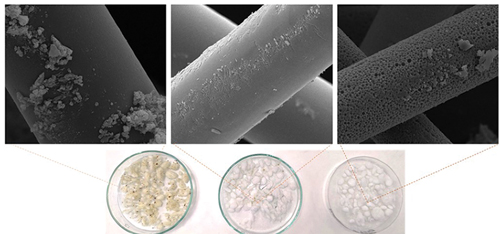 Enhancing Circular Economy in the Wind Energy Sector
Enhancing Circular Economy in the Wind Energy SectorWind energy is a major renewable source, but its anticipated threefold increase by 2050 will pose severe environmental and economic challenges for wind energy companies regarding the lack of feasible recyclability of wind blade advanced composite materials. The circular economy approach aims to create value from wind turbine waste by transforming it into new products, but it requires cost-effective and efficient technologies. Although several recycling strategies have been proposed, they have drawbacks in terms of energy, quality or secondary markets. The microwave-assisted technology under development by the CIRCE Technology Centre proposes an electromagnetic-induced selective heating of complex wind blade waste to recover glass/carbon fibres and produce further added-value chemical building blocks from resins that aim to suit petrochemical industry production loops. Microwave degradation shows lower energy input and higher yield than conventional methods. Moreover, it can enable the self-consumption of energy from the wind turbine in its own recycling process, enhancing the sustainability and profitability of the system.
By Alejandro Fresneda and Ignacio Julián, CIRCE, Spain
- Category: Articles
 Improving Safety, Accuracy and Efficiency During Installation
Improving Safety, Accuracy and Efficiency During InstallationIn the ever-evolving landscape of renewable energy, wind power stands as a cornerstone of sustainable solutions to our energy needs. The installation of wind turbine components, particularly blades, has been a persistent challenge due to the delicate nature of these components and the unpredictability of wind conditions. Recognising these challenges, Huisman has developed two solutions: the Wind Gust Buster and the Travelling Load Stabilising System. These innovations offer a comprehensive approach to ensuring safer, more precise, and efficient wind turbine component installations.
By Annet Stuurman, Manager PR & Communications, Huisman, the Netherlands
- Category: Articles
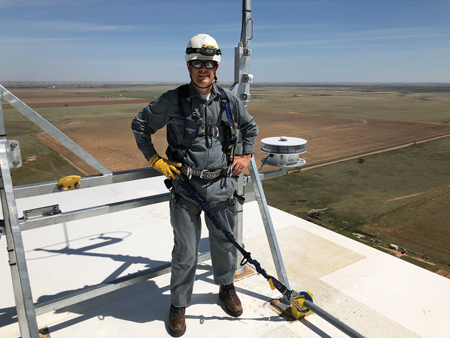 Using Wind Turbine Nacelle-Based Anemometers
Using Wind Turbine Nacelle-Based AnemometersPower performance testing (PPT), also known as ‘power curve verification’ or ‘power curve testing’, is an on-site field test of operating wind turbines to verify the OEM’s provided power curve(s) defined in the project’s turbine supply agreement (TSA). The testing is prescribed under industry standards, namely the IEC 61400-12 series of standards, and further defined by the OEM in the TSA. Typically, it is the owner/operator who is responsible for PPT implementation, but the main driver for the test is financial investors seeking assurance that their investment will perform as expected. The traditional and typical method of PPT requires installing a meteorological (met) tower in a location that is not affected by the wakes of the operating wind turbines. The wind data collected from this free-stream, unwaked met tower is understood to be representative of the wind characteristics of its associated wind turbine. The measured power curve is determined by concurrent measurements of hub height, wind speed and turbine power output.
By Daniel W. Bernadett, Global Director of Engineering, ArcVera Renewables, USA
- Category: Articles
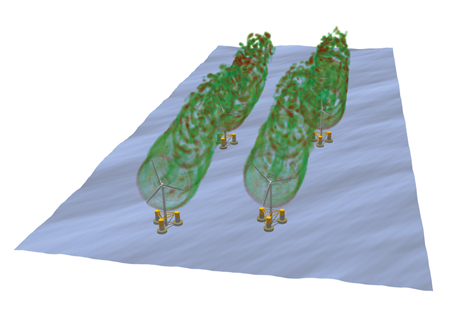 European Project Helps to Shape the Future of Floating Wind
European Project Helps to Shape the Future of Floating WindFloating offshore wind has become a hot topic in the last few years. The technology promises access to ideal wind conditions previously out of reach, higher acceptance by society and less environmental impact compared with bottom-fixed wind foundations. Despite numerous advantages, no project has reached industrial scale yet. The main reason is the relative degree of technical immaturity and the total costs. Factors such as increased complexity resulting from the additional motion of floating platforms, added material demand for moorings and substructure, a lack of adequate port infrastructure and a lack of consensus on substructure design and mooring configuration, which prevent the benefit from production scaling effects, are some of the main reasons for this reality. The need for innovation is a strong driver within the research community to reduce these costs.
By Robert Behrens de Luna, Project Manager, FLOATECH Project, Germany
- Category: Articles
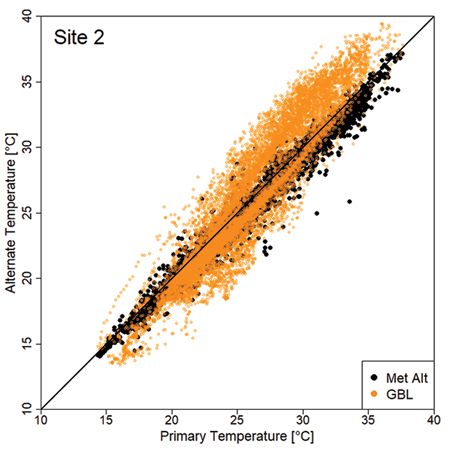 Power Performance Air Density Comparison Using Met Masts and Lidars
Power Performance Air Density Comparison Using Met Masts and LidarsAir density is critical for wind turbine energy predictions and power performance measurements. Typically, pressure, temperature and relative humidity sensors installed on a hub-height meteorological mast are used to calculate the air density.
By Ellie Weyer and Linda Sloka, UL Solutions, USA
- Category: Articles
 Overcoming the Limitations of Traditional Wind Measurement
Overcoming the Limitations of Traditional Wind MeasurementOur world is in a transitionary phase, with climate change and the need for sustainable energy production surfacing as two of the most critical issues in our lifetime. As we grapple with this new reality, renewable energy – such as wind power – has moved from the outskirts to the front lines as countries strive to achieve net-zero emissions and expand their renewable energy capacity. By revolutionising wind measurement, lidar technology has become the go-to option for overcoming the limitations of traditional wind measurement. Lidar helps to address modern wind measurement challenges and opens up new opportunities by changing how the industry builds and operates wind energy projects.
By Matthieu Boquet, Head of Strategy and Market Development, Vaisala, France
Use of cookies
Windtech International wants to make your visit to our website as pleasant as possible. That is why we place cookies on your computer that remember your preferences. With anonymous information about your site use you also help us to improve the website. Of course we will ask for your permission first. Click Accept to use all functions of the Windtech International website.








